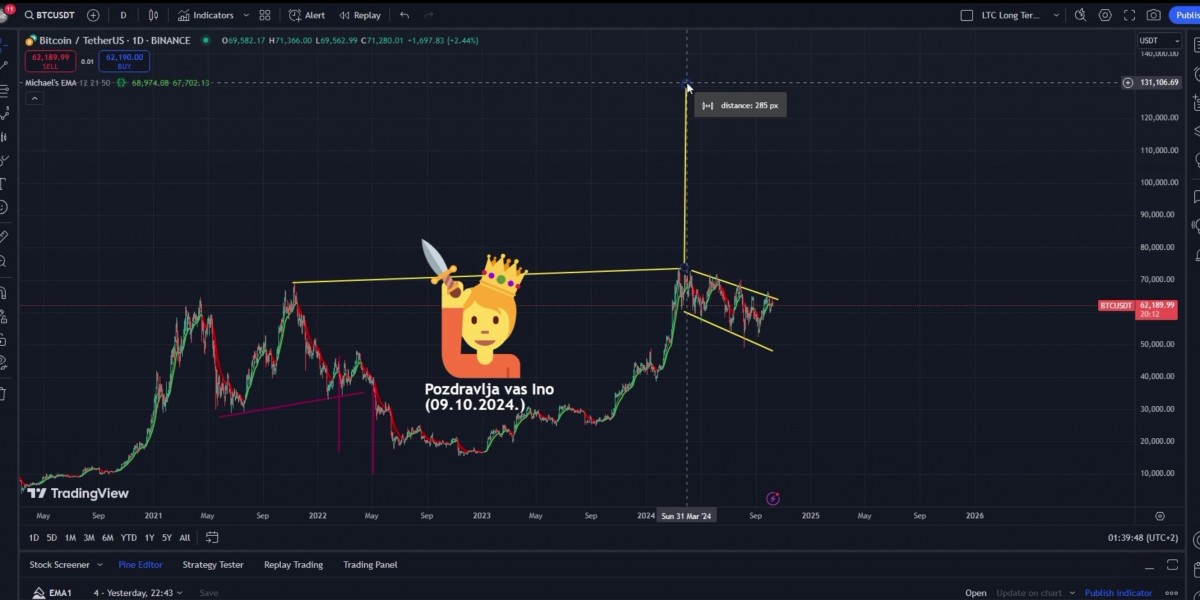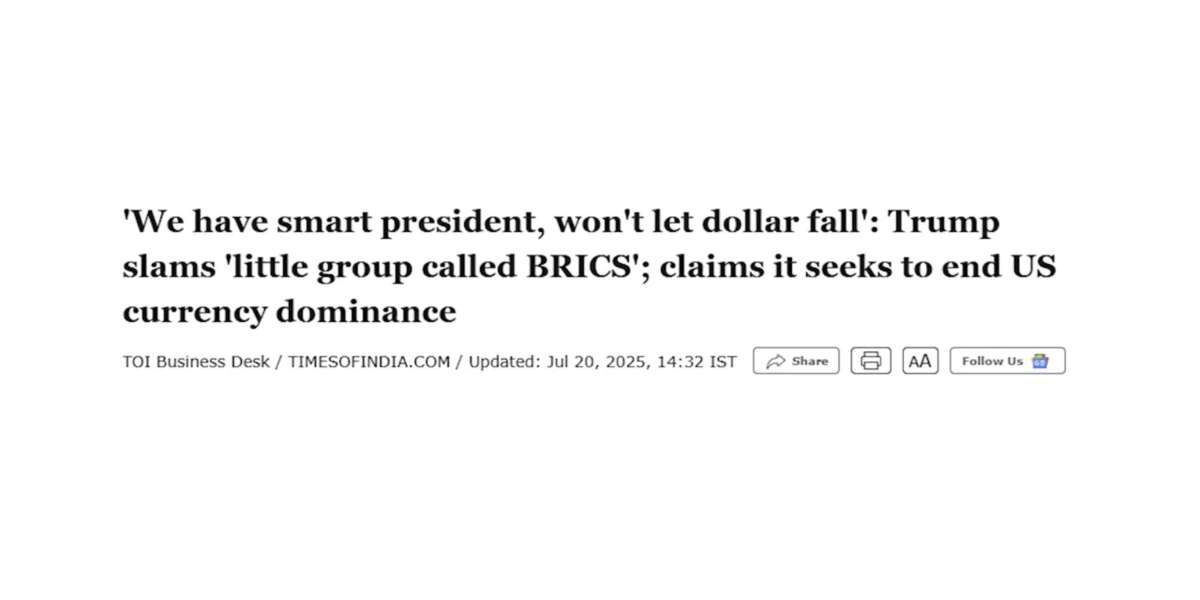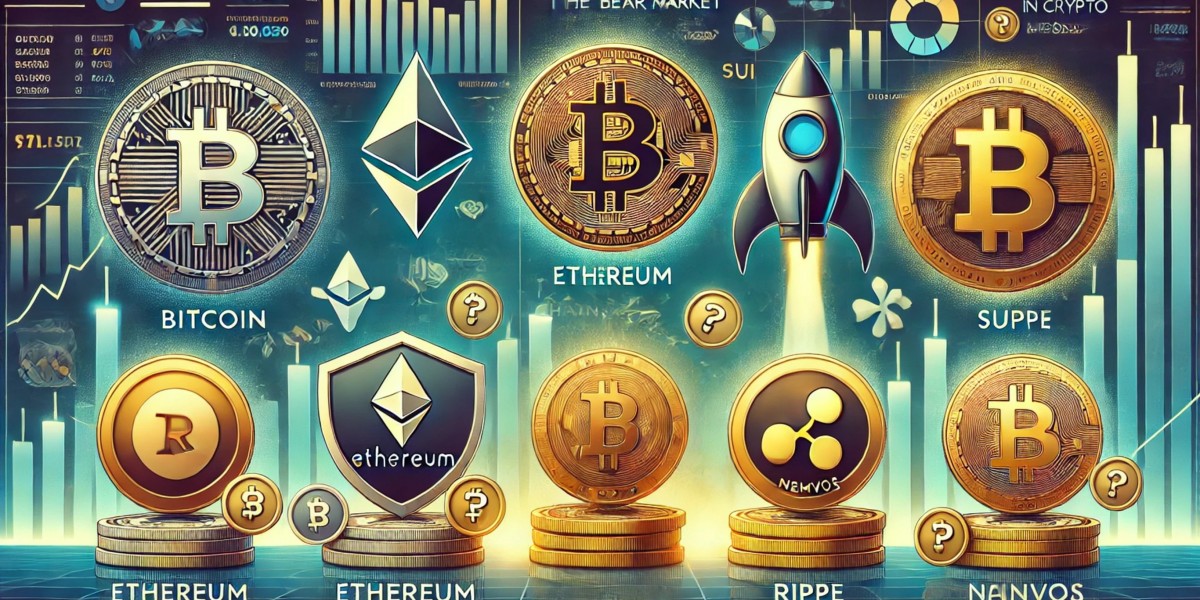This cryptocurrency, created by an unknown individual or group under the pseudonym Satoshi Nakamoto, has become a symbol of innovation, resistance to traditional financial systems, and hope for a new economic paradigm. But how is it possible that something declared dead so many times not only survives but thrives?
Early days: Mockery and skepticism
In its early years, Bitcoin was almost unknown to most of the world. Those who had heard of it often viewed it as a passing technological novelty, with no real significance. Even when it was first used for an actual purchase in 2010—when a man paid 10,000 Bitcoins for two pizzas—many saw it as a bizarre joke, since at the time, one Bitcoin was worth only a few cents.
Financial media at the time often published headlines like “Bitcoin is dead” or “Cryptocurrency without a future,” pointing to its volatility, limited usage, and association with illegal activities. Each sharp price drop sparked more criticism, with many claiming that Bitcoin wouldn’t survive because it lacked the backing of central banks and governments.
Every drop was a new rise
However, every major drop in Bitcoin’s price revealed a key factor—its community’s strength and resilience. Each time Bitcoin’s price drastically dropped, instead of collapsing, it would experience a resurgence. Examples include the drop from the 2013 peak when Bitcoin hit $1,000 and then fell to $200 due to the Mt. Gox exchange’s bankruptcy. Many believed this was the end of Bitcoin, but just a few years later, its price reached new heights.
Another key moment came during the media frenzy of 2017, when Bitcoin first reached nearly $20,000. The rise was meteoric, but a drop followed soon after—by 2018, the price had fallen below $4,000. Critics reappeared, declaring Bitcoin dead once again, calling it a bubble that had finally burst. However, the world witnessed yet another comeback—by 2020, Bitcoin’s price surpassed $60,000.
The strength of decentralization
What sets Bitcoin apart from traditional financial systems is its decentralized nature. Unlike central banks that can print unlimited amounts of money, Bitcoin is capped at 21 million units. This scarcity makes it attractive to investors as a form of digital “gold,” a safe haven in times of economic instability.
Decentralization also means there is no central entity that can decide Bitcoin’s fate. Its network relies on a global community of miners, developers, and users who maintain the system. This very community has shown incredible resilience, making Bitcoin an impregnable fortress even when regulators, banks, and governments have tried to restrict or ban it.
Media headlines and the FUD effect
One key factor in the cycles of Bitcoin being declared dead is the so-called FUD—an acronym for “Fear, Uncertainty, and Doubt.” Every time Bitcoin’s price plummets or faces regulatory pressure, the media exaggerates these events, spreading FUD among investors and the public. This often leads to panic, selling, and temporary price drops, but Bitcoin always recovers once the dust settles.
Examples include China’s bans on mining and trading cryptocurrencies, hacking of major exchanges, and even political events that negatively impact the crypto market. But even in the toughest times, Bitcoin’s network has never stopped functioning—transactions continued, and miners kept confirming blocks.
Evolution and acceptance
Despite the constant declarations of its death, Bitcoin has gradually gained wider acceptance. Many countries have started adopting cryptocurrency regulations, allowing their citizens to legally trade and invest. In 2021, El Salvador became the first country to accept Bitcoin as legal tender, further confirming its global relevance.
Meanwhile, large corporations like PayPal, Tesla, and Square began supporting Bitcoin payments, signaling Bitcoin’s transition from an experimental technology to a mainstream financial instrument. Institutional investors, including hedge funds and asset management firms, also began allocating part of their portfolios to Bitcoin, further enhancing its legitimacy.
The future of Bitcoin: Another cycle or permanent establishment?
Like any technological phenomenon, Bitcoin goes through cycles of ups and downs. However, what sets it apart is its ability to come back stronger from every fall, attracting an ever-growing community of users, developers, and investors. The current price drop, considering the global economic situation and increasing institutional interest, could just be another step in Bitcoin’s long-term rise.
So, will Bitcoin be declared dead again? Probably. But if history teaches us anything, it will be another opportunity for Bitcoin to prove its durability and ability to return stronger than ever.
Is Bitcoin’s current price an opportunity not to be missed?
Considering all the challenges and Bitcoin’s comebacks, the current price seems like an attractive investment opportunity. If we take into account that Bitcoin has been declared dead over 400 times, every time there was a significant drop, the question arises: Do current prices represent the last chance to enter before the next big surge?
The cup and handle pattern forming now could be a sign that the price is poised for another rise. This technical indicator gives additional confidence to investors who believe in Bitcoin’s long-term value. Because of this pattern, many experts believe that the price could break through current levels and possibly reach new all-time highs.
Conclusion
Throughout its relatively short history, Bitcoin has been declared dead over 400 times. And each time, it has shown incredible resilience, returning to the market stronger, with growing support and confidence. While many critics continue to doubt its long-term sustainability, Bitcoin remains a symbol of innovation and resistance to traditional financial structures, proving that the digital revolution has only just begun.
Bitcoin’s journey is far from over—it still faces many obstacles, but if we can learn anything from its past, it’s that even 400 deaths couldn’t stop it.
Bitcoin lives, and its future is brighter than ever.








